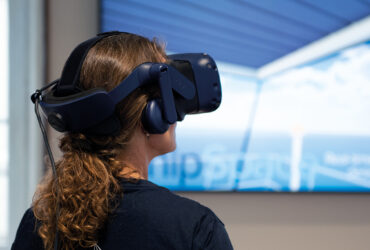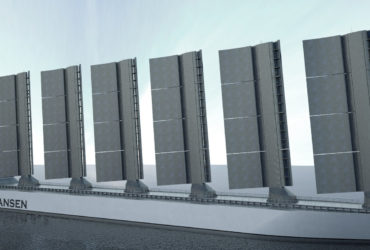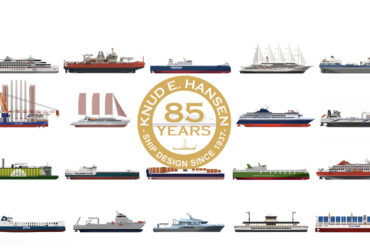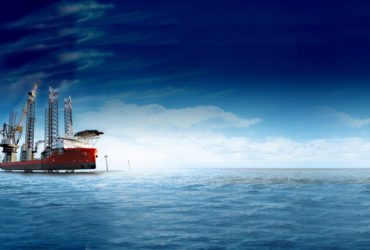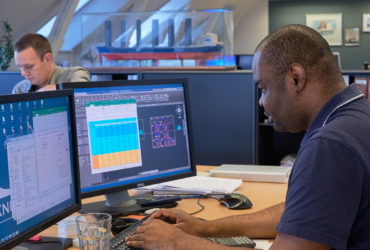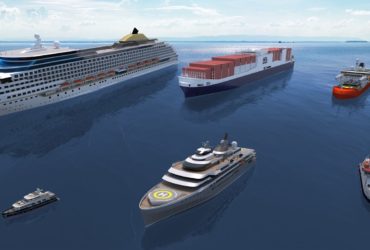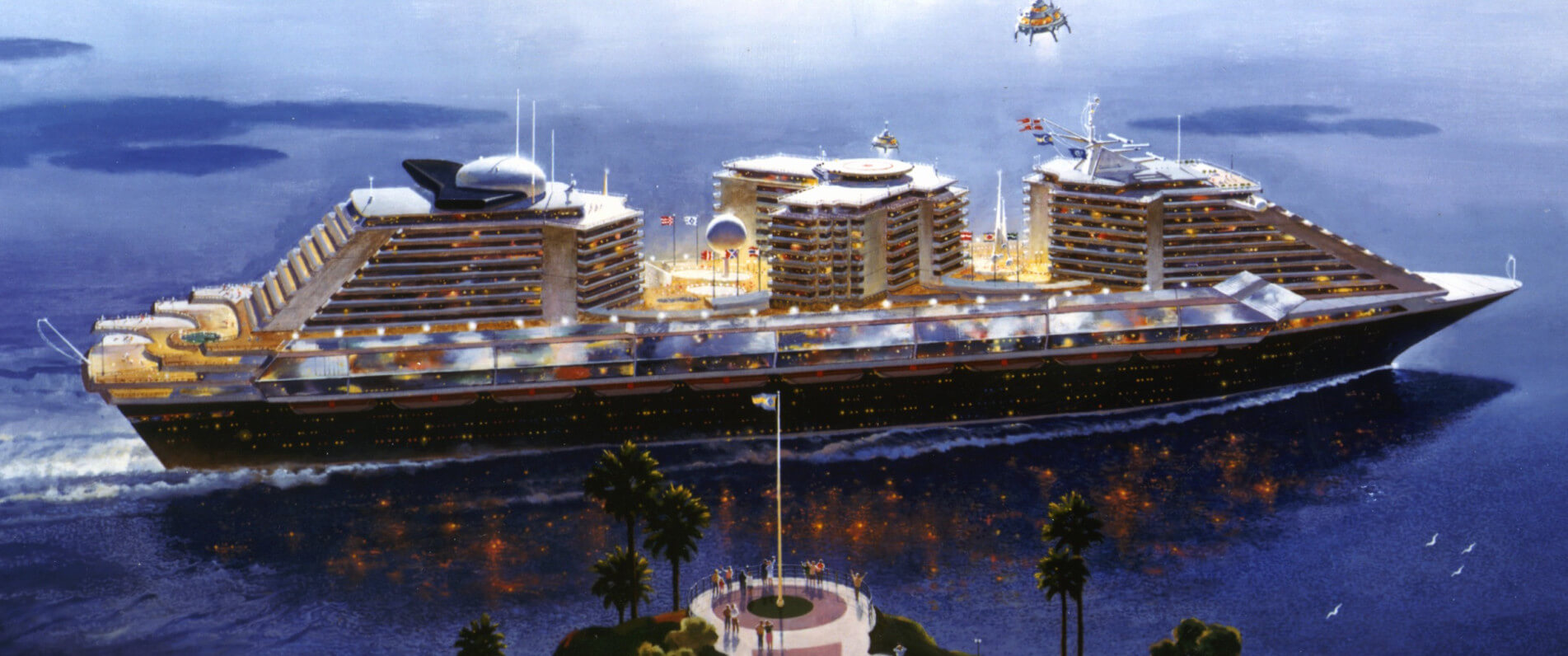23 December 2015
Article from cruiselifestyle.it
With the Oasis of the Seas the shipbuilding made the most extreme step in terms of naval gigantism for cruise tourism.
This is recent history, the Oasis of the Seas has been delivered only in October 2009 and to date there are no orders for larger cruise ships.
Anyway, the Royal Caribbean’s flagship with her impressive tonnage of over 220,000 tons and a length of 360 metres would have never snatched the title of largest cruise ship ever built if the World City Phoenix project would have been realized.
Those were the early 80s and in that period megaships were not appeared yet. But Knut Kloster, the Norwegian tycoon of cruises, co-founder of Norwegian Caribbean Line, today known as Norwegian Cruise Line, had great futuristic ideas, so in 1983 started to work at the project World City Phoenix.
At that time the largest passenger ship was the Norway, which did not reach 70,000 GRT, while the World City Phoenix aimed for impressive numbers even nowadays. A gross tonnage of 250,000 tons developed in a length of 380 metres and a width of 77, 21 decks, a passenger capacity of 5,200 guests and about 2,600 crew members.
The project aimed anyway to carry out a product of superior characteristics than a conventional cruise ship. Kloster’s dream was to create a veritable cosmopolitan floating city above the sea able to offer fun, culture and work.
Public areas had to be developed on three decks, with a spacious central area set in the hull. The guest accommodations provided were mainly outside cabins, deployed in three towers raising from a main deck hosting a wide range of facilities: bar and cafés, 13 restaurants, 30 shops and boutiques, art galleries, spa and fitness center, 6 pools, a jogging track 800 metres long, a theatre of 2,000 seats, a casino, a place of worship, a library, a museum, a planetarium, studios for artworks, TV and music productions, a university campus, a hospital facility, heliport and a surface of over 8,500 squared metres for meetings, conferences and exhibitions.
There was also an area dedicated to a Japanese village. 300 cabins designed for Japanese customers, inclusive of tea houses.
The project considered also a marina to host four large 400-passenger tenders, to be used for fast transfers on the mainland, given that the size of the World Phoenix City would not have had the permission for the mooring in every port.
The details of the project were integrated with ship’s standards that had to be the highest in terms of safety, stability and environmental protection.
The propulsion was diesel-electric, supplied by two 20-MW main propulsion motors per shaft, with eight diesel generators of 9,600 kW each. The two variable-pitch propellers would be 7 meters in diameter. For a better manoeuvrability, the idea was to add four 2,500-kw bow thrusters more four stern thrusters of the same power.
On the basis of an estimate of industry analysts, the costs for the construction of the ship had to be in the range of USD 800 million to USD 1.2 billion.
Knut Kloster defined the World City Phoenix as “the largest and most exciting passenger vessel on earth, a premier resort, a fabulous destination in and of itself, a world-class conference and business center.”
The project was entrusted to the ship architect Tage Wandborg of the KNUD E. HANSEN of Copenhagen, designer of many cruise ships and ship conversions including the Norway owned by Kloster.
However, the project’s difficulties, the very high costs for its construction and the risks of the investment left the World City Phoenix just a project on paper, relaunched several times and costed overall to Kloster USD 34 million.
In 1996 Westin Hotels & Resorts showed interest to resume the project with the new name America World City. But, one more time, the size, the complexity and the risks of the investment did not allow to reach a deal with financiers, taking away again the likelihood of a close realization of the futuristic Kloster’s megaship.
This project was designed for the Kloster Group, Norway. The project was never taken beyond the design stage, but many of the features and innovations that came out of the intensive and long-running development process were later incorporated into the new generation of modern cruise liners that began to appear in the 1990s.
Development of the cruise liner “World City Phoenix” began in 1983 and was on an unprecedented scale. Bearing a certain resemblance to a naval aircraft carrier, it was to be 380m long, 77m wide and have a capacity of 5,200 passengers.
SCOPE OF WORK
- Conceptual design with several layouts
- Specification
- Lightweight calculations
- Preliminary midships section
- Structural design
- Electrical layout
- Line plans
- Speed and power prediction
- Sea keeping analysis
- Machinery room layout
- Misc. technical calculations
- Tank plans
- Stability calculations
MAIN DIMENSIONS
- Length o.a. approx. 380.00 m
- Length p.p 345.00 m
- Breadth max. 77.00 m
- Draught 10.00 m
- Gross tonnage 250,000 t
- No. of passengers 5200 pax
- No. of crew 1850 pers
- No. of cabins 2600 pc
- Service speed 19.0 kn
Gallery
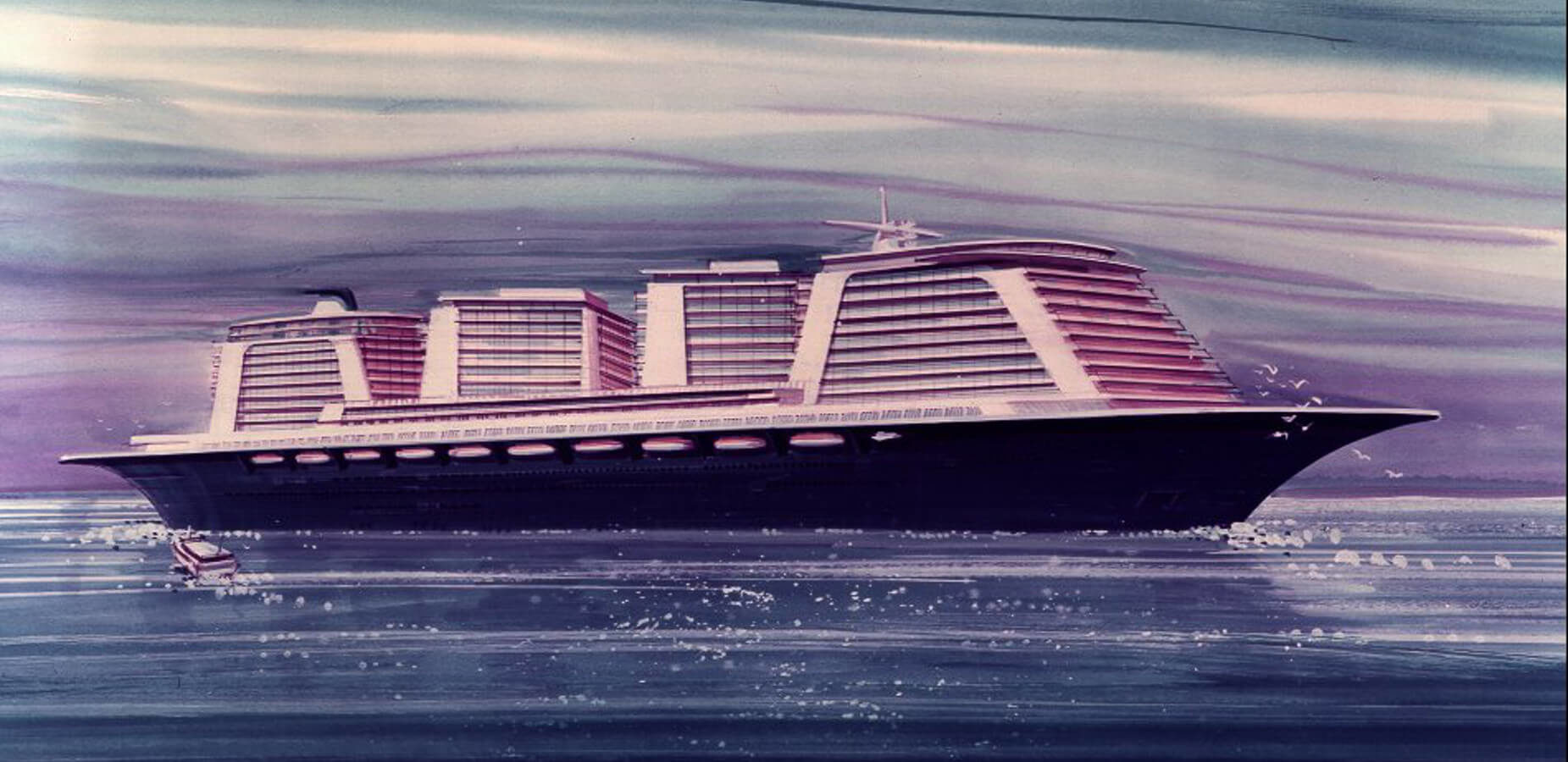


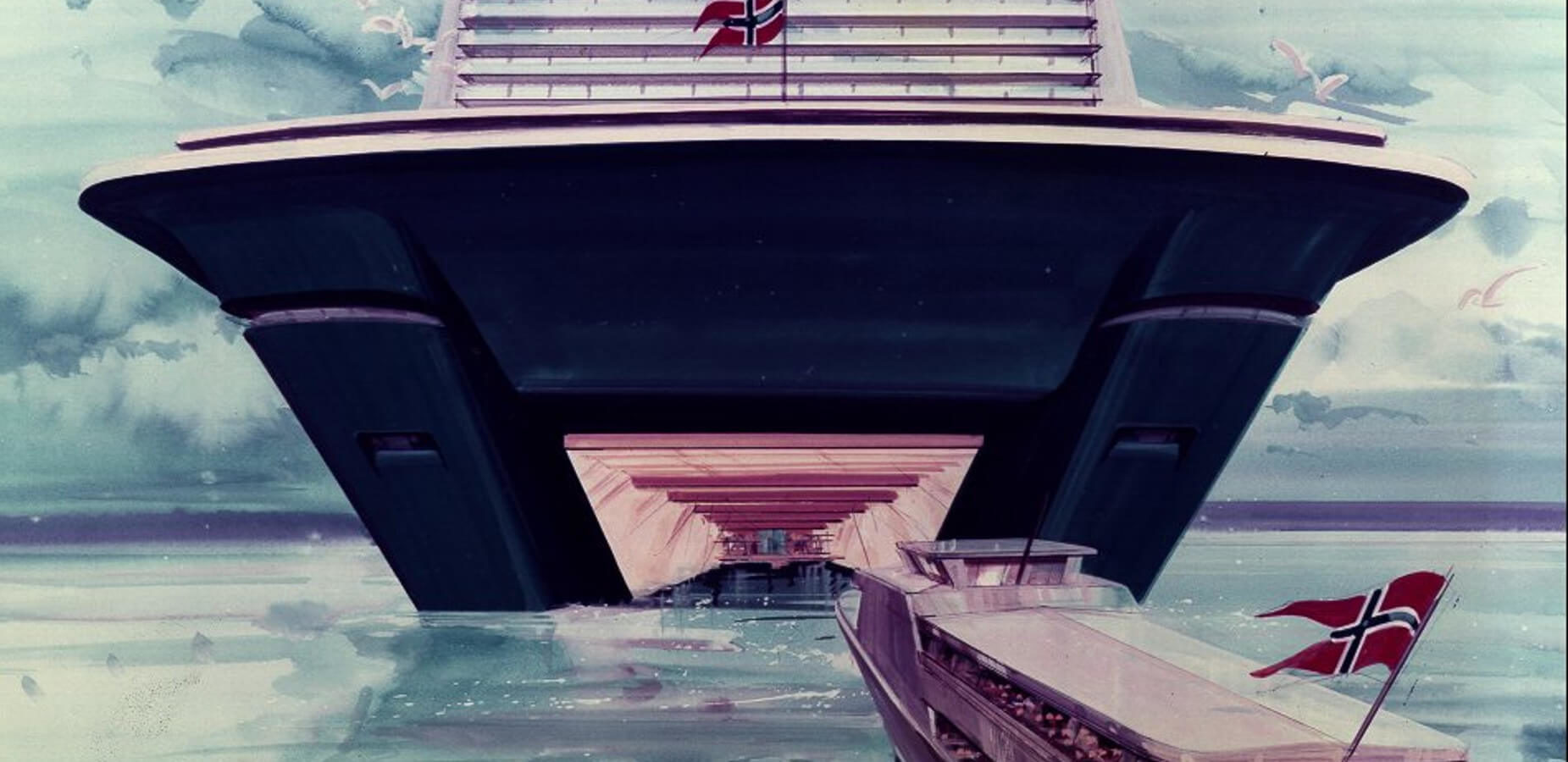
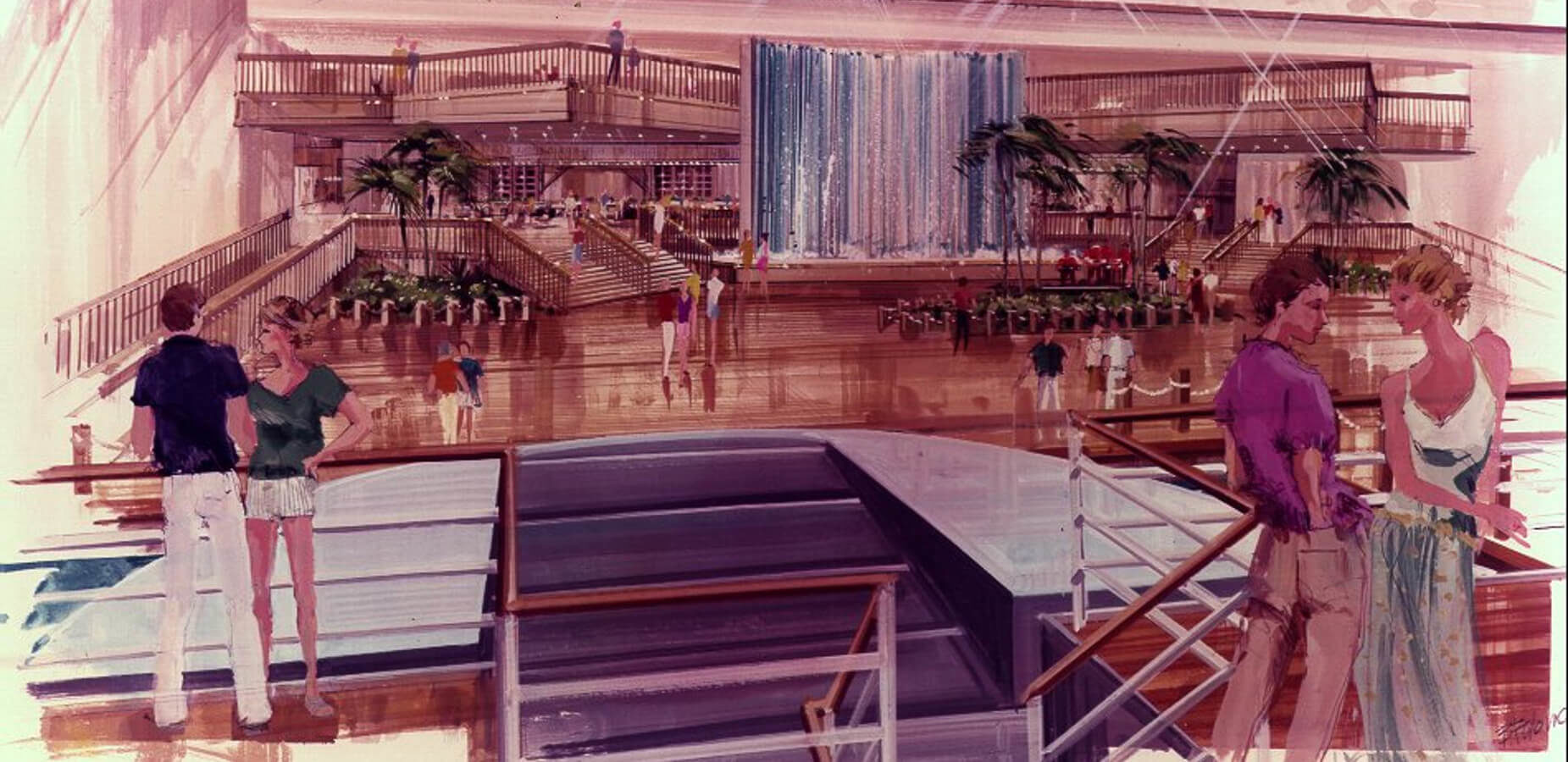
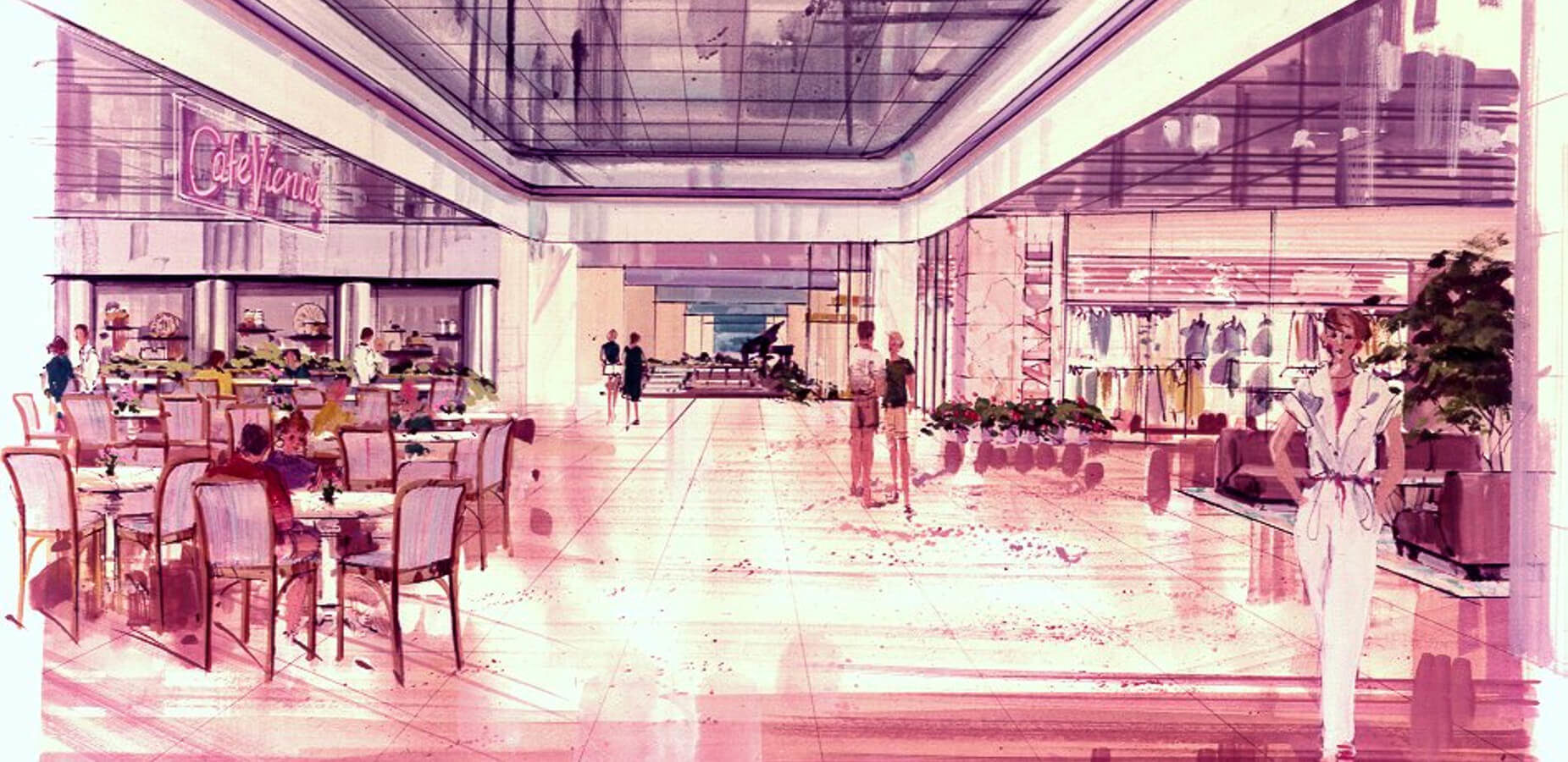
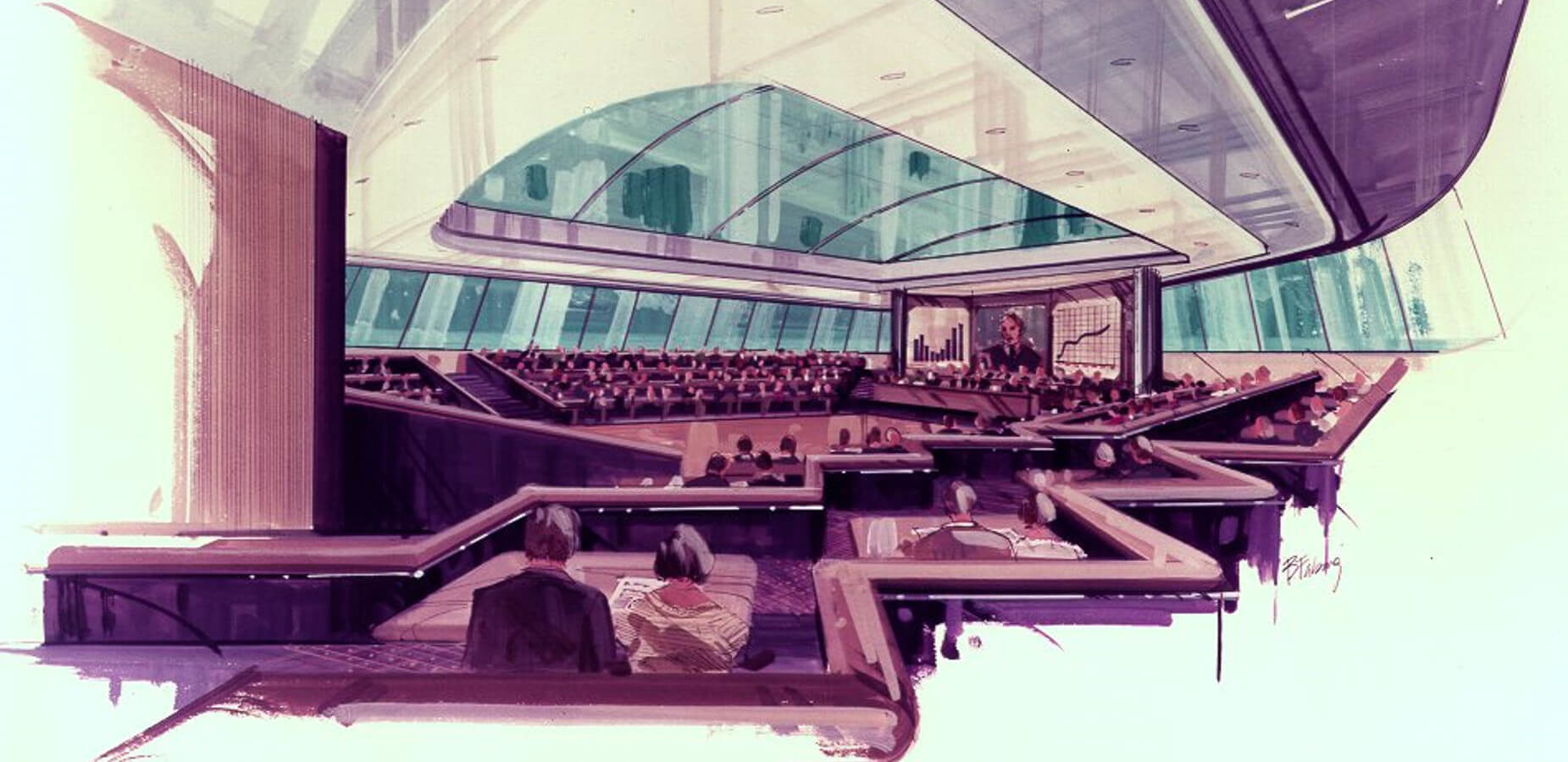
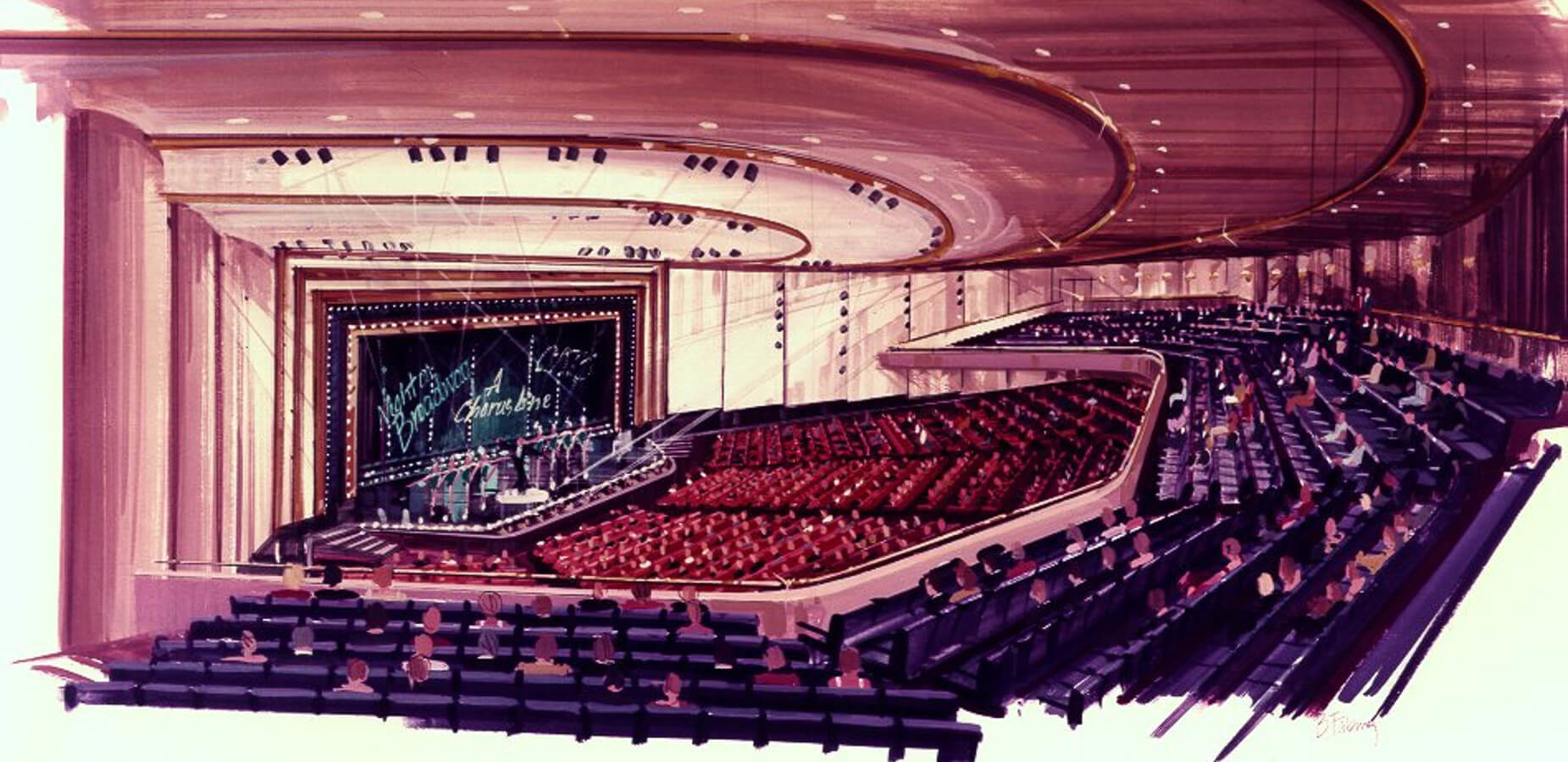
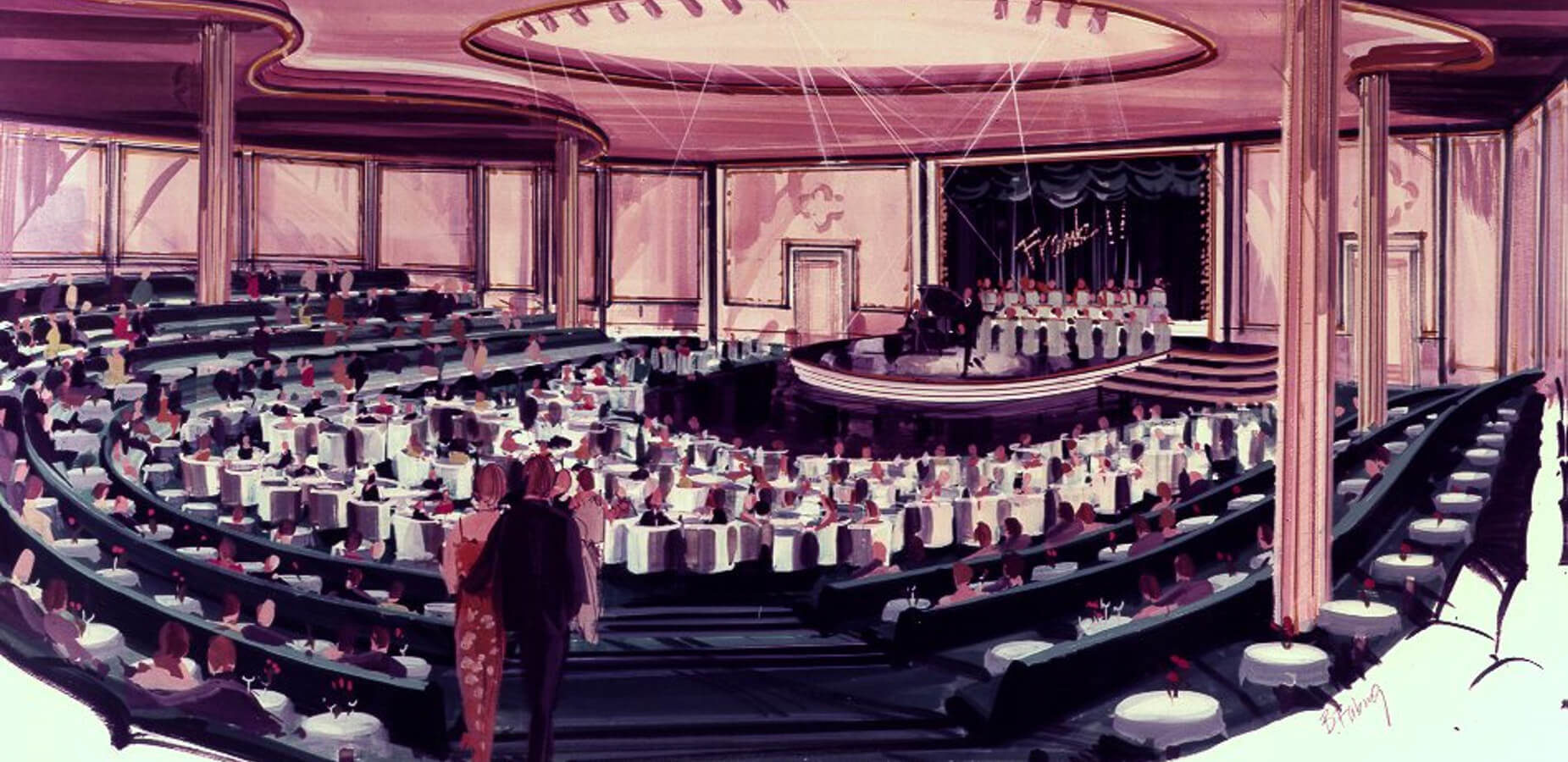

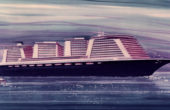


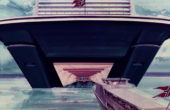
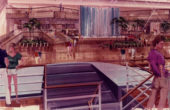

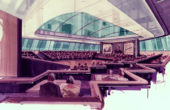
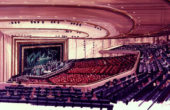
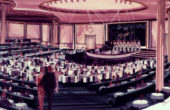

Related References
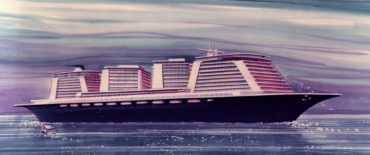
The worlds largest Cruise ship
- Vessel name: Phoenix - World City

